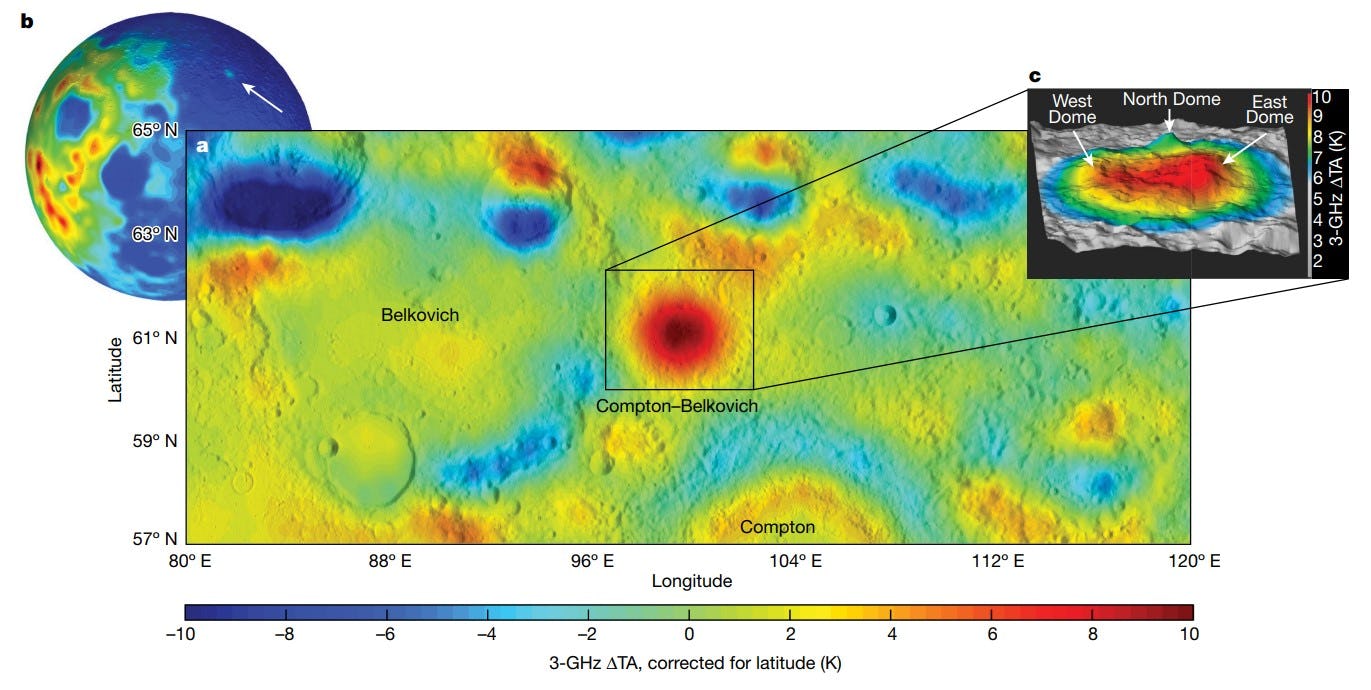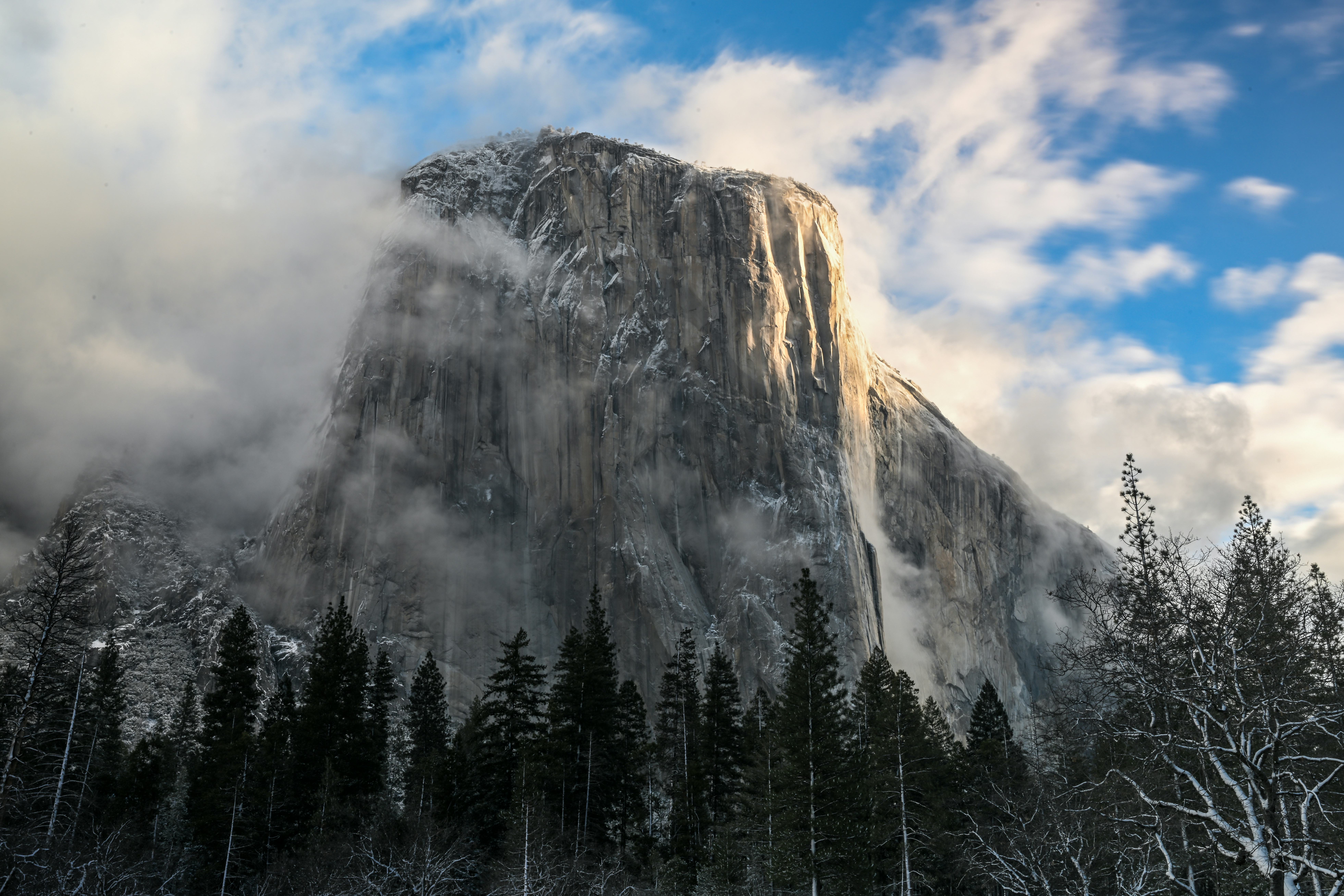
Moon scientists have announced the discovery of a 50-kilometer-wide hunk of rock underneath the lunar farside’s surface — and it’s made of something commonly found in kitchens.
The team detailed their surprising finding on Thursday, days ahead of presenting the work at the geochemistry Goldschmidt Conference in Lyon, France. A suite of satellites detected a heat source near the site of an ancient lunar caldera, a depression formed when magma empties out of a volcanic chamber that collapses. Satellites noticed that this place was about 10 degrees Celsius warmer than its surroundings. They suspect it’s coming from a gargantuan slab of granite.
“We have discovered extra heat coming out of the ground at a location on the Moon believed to be a long-dead volcano which last erupted over 3.5 billion years ago,” Matt Siegler, lead researcher and senior scientist at the Planetary Science Institute in Arizona, said in Thursday’s announcement. A paper detailing the work was published on Wednesday in the journal Nature.

“It’s around 50 km across, and the only solution that we can think of which produces that much heat is a large body of granite, a rock which forms when a magma body — the unerupted lava — below a volcano cools,” he added.
Why is there granite on the Moon?
According to the announcement, granite is “nearly absent” in the Solar System except on Earth, and “only small grains” of granite have been found in Apollo Moon rock samples.
On Earth, granite forms when water interacts with the tectonic plates of the crust. According to the National Park Service, “granitic rocks are found on continents around the world near active or past plate boundaries.” Granite forms when magma rises close to the surface, but doesn’t erupt, and then slowly cools down underground. Granite can become visible at the surface when the volcanic rock sitting atop erodes with time. Yosemite National Park’s El Capitan and Half Dome are good examples of granite slabs. Their massive size earns them the title of batholith.
But the Moon doesn’t have water or plate tectonics in the traditional sense. It has experienced some volcanism, however, and has pockets of frozen water near its poles. If granite exists on the Moon, it’s still a bit perplexing. “This is more Earth-like than we had imagined can be produced on the Moon, which lacks the water and plate tectonics that help granites form on Earth,” Siegler said.

Siegler goes on to credit his wife Rita Economos, geochemist and associate professor at Southern Methodist University in Texas, with pointing out that, despite the lunar location, the spacecraft observations were spotting granite.
“To tell the truth we were a bit puzzled when we found it: fortunately, my wife, Dr. Rita Economos, is the geochemist in the family, so with her guidance we were able to piece together the probable geologic cause of the heat anomaly,” Siegler said.
Exploring the Solar System
The new work came about thanks to the surveying skills of four lunar spacecraft: the Chinese Chang’e 1 and 2 lunar orbiters, NASA’s Lunar Prospector and its Lunar Reconnaissance Orbiter. The work shows that remote sensing can detect hidden features below the surface of extraterrestrial terrain, Siegler says.
“This will be useful in the exploration of other planetary bodies in the Solar System,” he adds.







